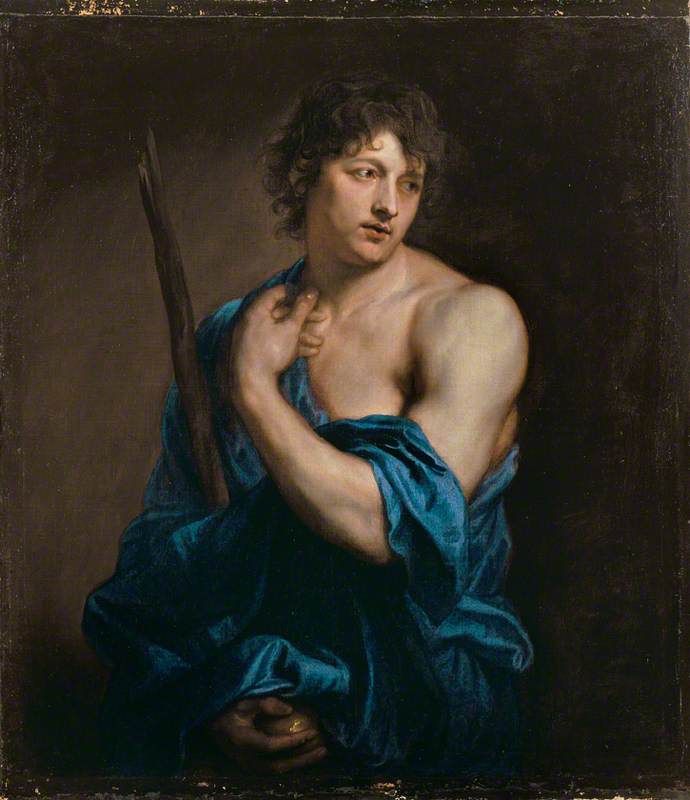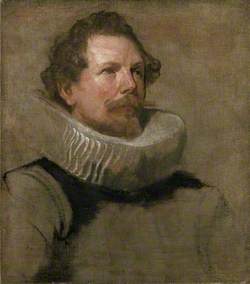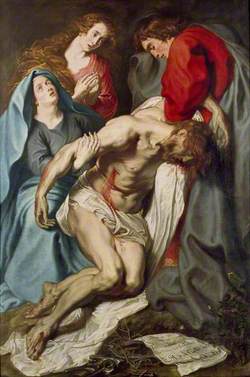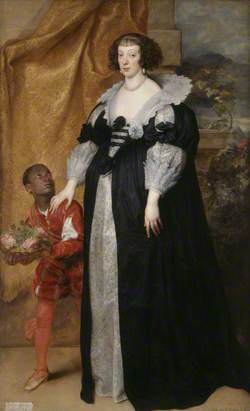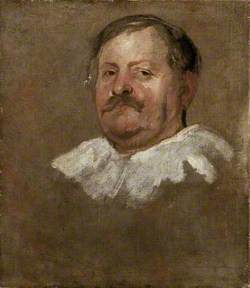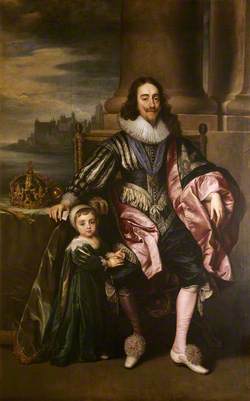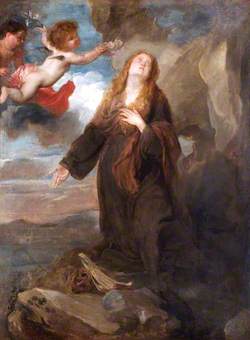How you can use this image
This image is available to be shared and re-used under the terms of the Creative Commons Attribution-NonCommercial-NoDerivatives licence (CC BY-NC-ND).
You can reproduce this image for non-commercial purposes and you are not able to change or modify it in any way.
Wherever you reproduce the image you must attribute the original creators (acknowledge the original artist(s) and the person/organisation that took the photograph of the work) and any other rights holders.
Review our guidance pages which explain how you can reuse images, how to credit an image and how to find more images in the public domain or with a Creative Commons licence available.
DownloadNotes
Add or edit a note on this artwork that only you can see. You can find notes again by going to the ‘Notes’ section of your account.
Paris, son of King Priam of Troy, was chosen by Zeus to award the golden apple to the goddess he considered the most beautiful. He had to choose between Juno, queen of the gods, Minerva, goddess of wisdom, and Venus, goddess of love. He chose the latter when she promised him the love of the most beautiful woman on earth. The Judgment of Paris was a popular theme with seventeenth and eighteenth-century artists. Rubens in particular painted six known paintings on the theme and Van Dyck’s picture can be seen as a conscious challenge to his older colleague’s work. His treatment is deliberately unusual, eliminating the figures of the three naked goddesses in order to concentrate upon the central psychological drama of Paris’s fateful decision.
Title
Paris
Date
c.1628
Medium
oil on canvas
Measurements
H 96 x W 84 cm
Accession number
P85
Acquisition method
acquired by Francis Charles Seymour-Conway, 3rd Marquess of Hertford, 1816; bequeathed to the nation by Lady Wallace, 1897
Work type
Painting
The Wallace Collection
Hertford House, Manchester Square, London, Greater London W1U 3BN England
Stories
-
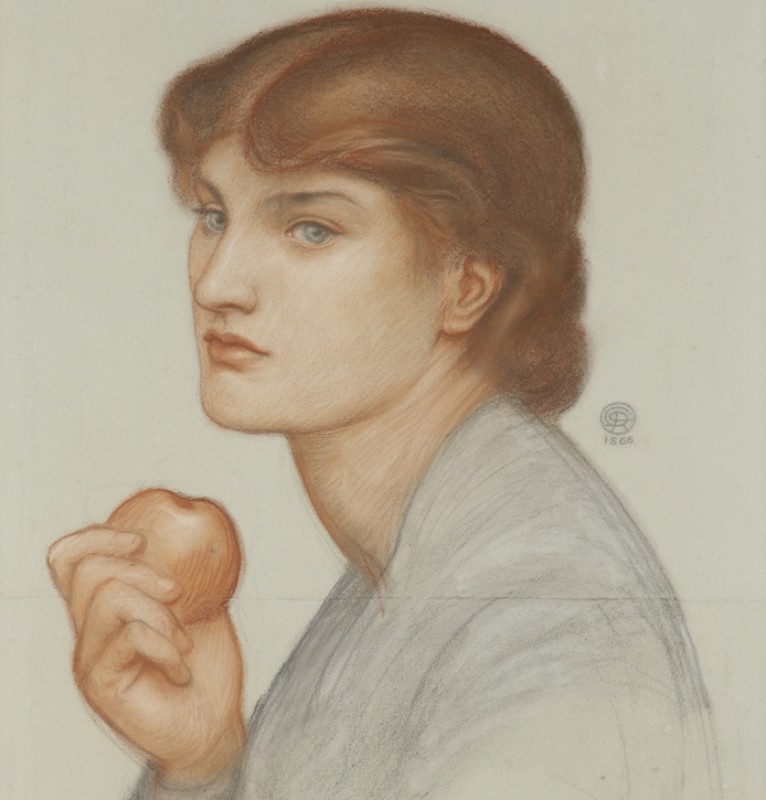
Image credit: National Trust Images
People holding apples: an emotional artistic connectionDavid Marshall and Hugh Fowler Wright
-
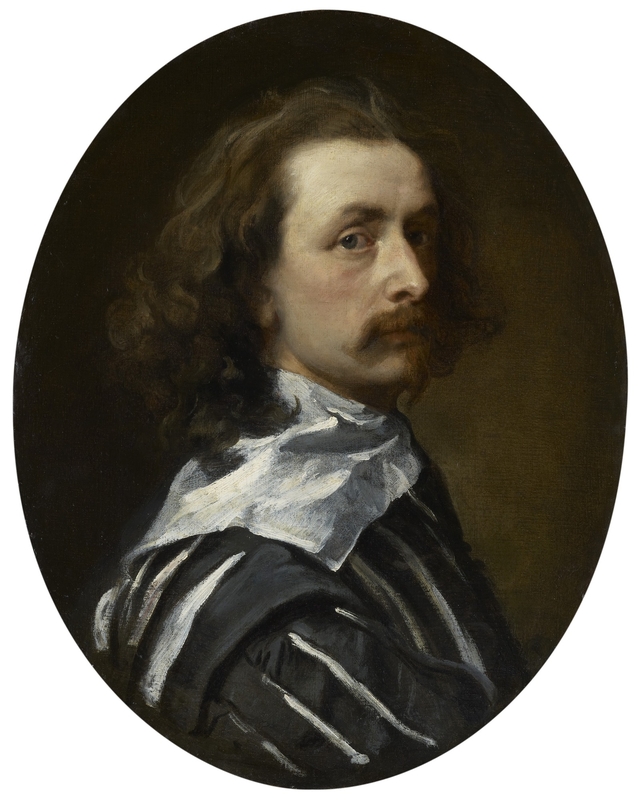
Image credit: National Portrait Gallery, London
Anthony van…Lydia Figes
